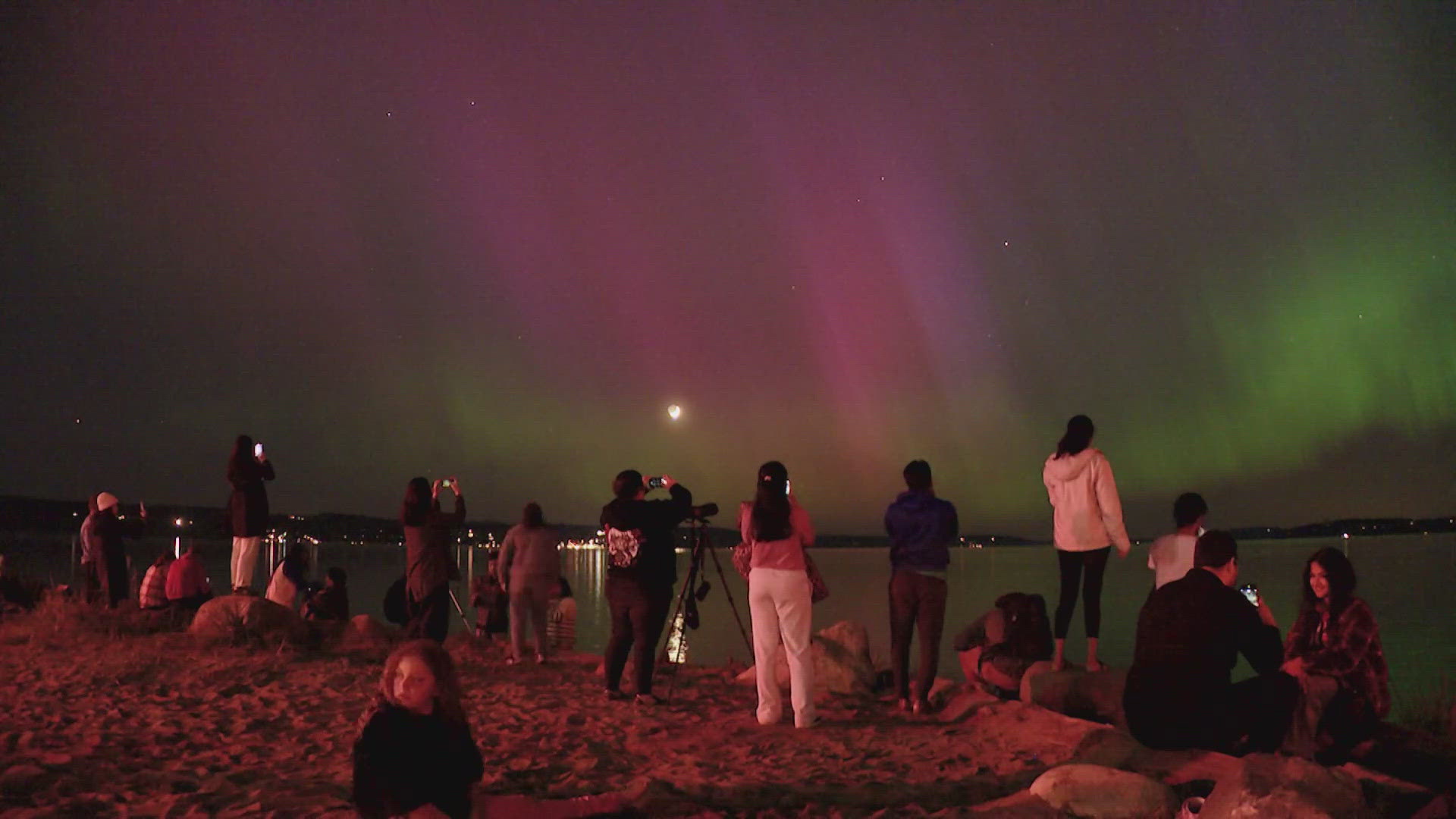Fur seal pup production is at historic lows on Alaska's St. Paul Island, one of the main birthing spots for the marine mammals.
Experts believe it may be related to juvenile or adult survival.
Recently, the Vancouver Aquarium's Marine Mammal Rescue Center took in a juvenile fur seal that stranded on Flores Island. It's only the third they've rehabilitated since 1960.
When Flores first dove into his new home, he weighed half of what he should.
"Almost at birth weight, and that's about 8 months after birth," said Dr. Martin Haulena. "Really teetering at the edge of life."
Named after Flores Island, "Flores" is supposed to be hunting for food hundreds of miles away near an island where fur seal births at their lowest in a hundred years.
"You can see gaps starting to form. You can see less," said NOAA Fisheries Mathematical Statistician Rod Towell.
Towell has counted fur seal pups for 20 years. When he started, birthing mothers and pups covered the landscape on St. Paul Island.
"Now in 2016 when we did our last census, and even before that, you saw gaps forming,” he said. “You had large chunks of real estate not being occupied by pups and their mothers. They're clumping. So, there are big gaps whereas before it was constant."

St. Paul Island estimates last year counted about 80,000 pups. In high years, that number would be more than 200,000.
"I would say this is incredibly concerning. Right now, we have species in decline that are not being hunted and are being protected," Haulena said. "If something goes wrong in the system, it affects all of us."
Rehabilitating marine mammals like Flores is the goal of Sealife Response, Rehab, Research (SR3), a new Seattle-based non-profit that plans to build the first facility of its kind. They believe the need for marine mammal care will only continue to increase.
It appears that Flores suffered some kind of trauma. He is blind in one eye and missing fur on his belly. But there's still hope. Fur seals are known for tenacity and will to survive.
"They've got attitude,” Towell said. “They're survivors. I've seen fur seals with a flipper missing and they're still wheeling across the land, making a living.”


